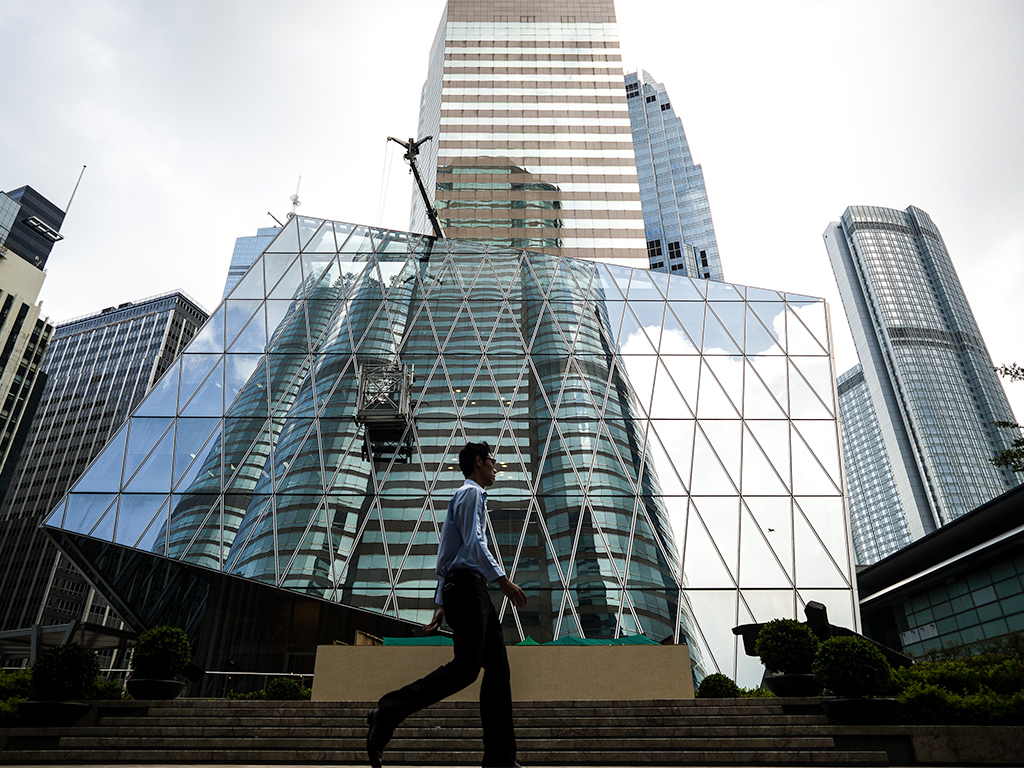
China’s foreign direct investment inflows rose at an annual pace of 2.2 percent in the first six months of 2014, indicating investors are still cautiously optimistic about the world’s second-largest economy. New data from the Commerce Ministry says China attracted $63.3bn in FDI over the period and that June inflows rose 0.2 percent from a year earlier to $14.4bn – its 16th straight month of gains.
FDI inflows in China have maintained steady growth every year since the country joined the World Trade Organization in 2001, with inflows reaching a record high of $118bn in 2013. Foreign investment is an important way of measuring the health of the external economy, which China’s vast production and manufacturing sector is largely dependent upon. The continued growth in flows is considered proof of faith in the Asian economy, despite FDI being a small contributor to overall capital flows when compared with exports (which were worth about $2trn in 2013).
[T]here’s evidence of continued weakness as China’s economy struggles to regain momentum
Problematically, Chinese exports and manufacturing have generally slumped since the beginning of the year. Despite a small improvement in output in June, there’s evidence of continued weakness as China’s economy struggles to regain momentum.
Hongbin Qu, Chief Economist for China & Co-Head of Asian Economic Research at HSBC said in a recent investment note that the Chinese “economy continues to show more signs of recovery, and this momentum will likely continue over the next few months, supported by stronger infrastructure investments. However there are still downside risks from a slowdown in the property market, which will continue to put pressure on growth in the second half of the year.”
Second quarter GDP figures, which are due soon, are expected to be roughly in line with first quarter results, when the economy grew by 7.4 percent year on year. That was its weakest pace in 18 months – it grew by 7.7 percent in the last quarter of 2013.
What’s more, despite FDI flows growing, foreign investors have lost some of their enthusiasm. China’s May FDI figures accounted for $8.6bn in flows, which were a significant 6.7 percent drop from a year earlier. That is a weak showing for one of the world’s fastest-growing major economies.


